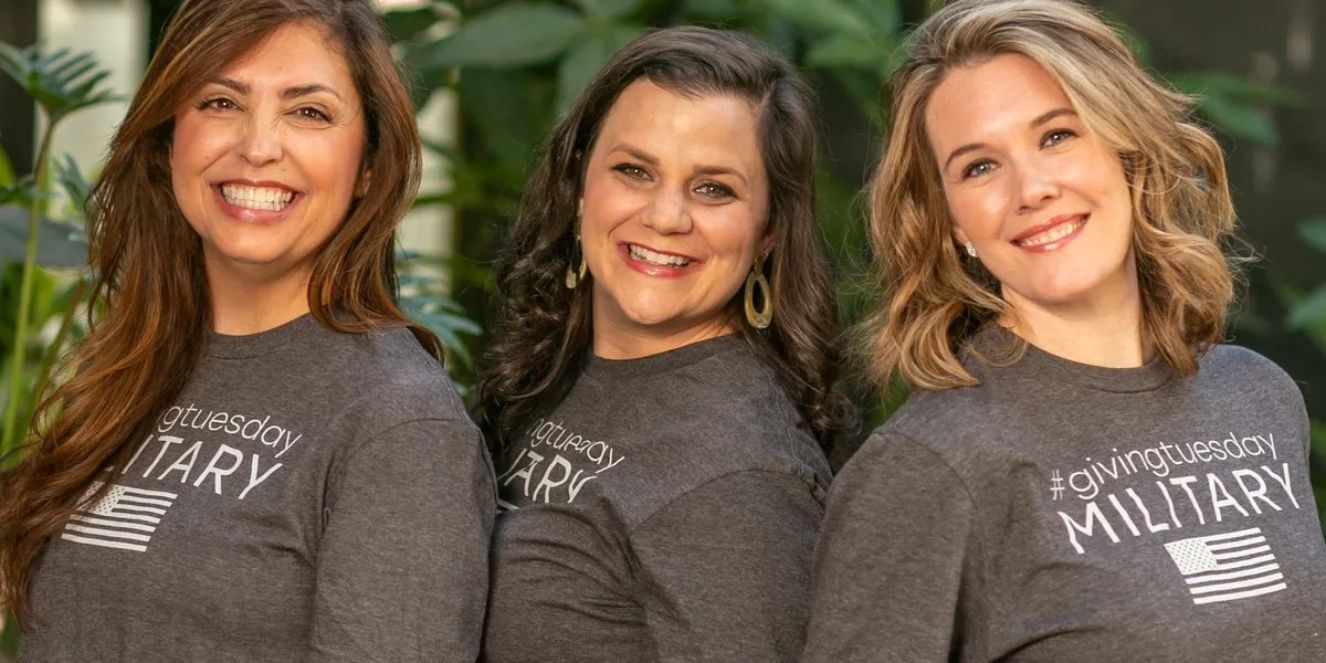NEW VA RULE BLOCKS SERVICE-CONNECTION PRESUMPTION FOR MALE BREAST CANCER

ADVERTISEMENT
It’s the moment no Veteran expects. You served. You deployed. You handled chemicals, fuels, and solvents, worked in burn pits, or lived in contaminated areas, without being told of all the risks. Years later, you’re diagnosed with male breast cancer, a rare, serious condition already known to present late in men. Until recently, the VA presumed this cancer could be linked to toxic exposure during service.
Then, without public announcement or transition period, the VA reversed course. And suddenly, you’re on your own to prove what used to be presumed. This guide explains exactly what that means for you, how to protect your benefits, and the steps you must take next.
What This New Rule Means for You
- As of September 30, 2025, the VA no longer presumes male breast cancer to be service-connected, even for Veterans with confirmed toxic exposures.
- Veterans diagnosed after this date must now present direct medical evidence proving a link between their cancer and their military service.
- Veterans who already have an approved claim keep their benefits, but future increases or secondary-condition claims will require stronger evidence.
- Because male breast cancer is rare and often diagnosed late, the burden of proof is harder to meet, especially for those exposed to burn pits, oil-well fires, contaminated water, fuels, or radiation.
- Claims may take longer to process and are more likely to be denied unless Veterans proactively gather robust medical evidence and service documentation.
Here’s the full breakdown.
Nobody Prepared You for Military Life
But we can help. Join over 100k spouses already getting the specific advice, resources, and military tea they need to thrive.
What Changed and Why It Matters
For decades, male breast cancer was evaluated similarly to female breast cancer, especially for Veterans exposed to known carcinogens.
In June 2024, the VA added male breast cancer as a presumptive condition for certain toxin exposures. But in 2025, the VA rescinded that presumption based on an internal reinterpretation of anatomical classification.
The impact is significant:
- Presumptive status previously removed the requirement for a medical nexus.
- Without it, the Veteran must now prove that military service caused or contributed to the cancer.
- This requires medical opinions, exposure evidence, and documentation that many Veterans don’t know how to collect.
The reality: the science hasn’t changed, but the Veteran’s burden has.
We spoke with the Vice President of Warrior Needs at Hunterseven Foundation, Keith Walter Dow, who told us,
“Although it’s a small percentage of our great nation who serve, it’s a large demographic to provide healthcare and compensation. We understand and appreciate the difficult job that VHA and VBA have, but from where we are sitting, it can be pretty discouraging as we watch Veterans with presumptive conditions under the PACT Act getting first-time denials, which cost time, money, and stress in the end.”
Why This Hits Toxin-Exposed Veterans Hardest
Male Veterans already face higher rates of breast cancer than civilian men. Multiple studies and VA clinicians have documented:
- Increased incidence among Veterans exposed to burn pits
- Elevated risk among those exposed to jet fuels, solvents, hydrocarbons, and endocrine-disrupting chemicals
- Higher late-stage diagnoses due to low screening awareness
- Biological similarities between male and female breast cancer, including mutational patterns
“For a while, it seemed like a lot of cases we were assisting with were moving quickly through the claims process, and Veterans were getting the community or VA facility care they needed, but we’ve witnessed what feels like a regression in that progress in benefits disbursement and care coordination,” explained Dow.
Because the VA removed the presumption despite this evidence, Veterans must now produce what the VA once accepted automatically.
If you served in Southwest Asia, Afghanistan, Djibouti, the Gulf War region, or were exposed to contaminated water (such as Camp Lejeune) or occupational toxins (firefighting, jet fuel handling, mechanical work), this change directly affects your ability to prove service connection.

What You Should Do Right Now
1. Secure all medical documentation
- Formal diagnosis from your oncologist
- Pathology reports
- Imaging results
- Full treatment history
- Prognosis and ongoing care needs
2. Compile your service and exposure evidence
- Deployment orders and location records
- MOS or occupational exposure patterns (fuel handlers, mechanics, firefighters, aviation roles, etc.)
- Unit-level burn pit logs, hazard reports, and environmental exposure notices
- Evidence of contaminated water exposure
- Personal statements detailing exposure circumstances
3. Request a strong medical nexus opinion
Because presumption is removed, this is essential. Ask your doctor directly:
“Can you provide a written opinion stating whether it is at least as likely as not (a 50% or greater probability) that my breast cancer is linked to my service-related exposures, and explain the scientific rationale?”
4. File ASAP If You’re Newly Diagnosed
The sooner you file, the sooner the VA must begin evaluating your evidence, and the more protected you are if future changes occur.
5. If Your Claim Was Previously Approved
- You keep your benefits.
- But you should document new conditions, recurrences, or related health issues now, in case you need to file later.
- Maintain complete copies of your approval letters and medical files.
6. If You’ve Already Been Denied Under the New Rule
You can still win. Use one of the three AMA appeal lanes:
- Supplemental Claim
- Higher-Level Review
- Board Appeal
Veterans who hire accredited attorneys or claims agents often see significantly stronger outcomes. Our tip: always do your own research and due diligence first before hiring anyone to represent your disability claim.
ADVERTISEMENT
How to Make Your Claim Stronger (Without Presumption)
To successfully prove service connection, you need three things:
1. A current confirmed diagnosis
This must be documented by your medical team.
2. Evidence of an in-service exposure or event
- Examples that strengthen claims include:
- Documented burn pit proximity
- Worked with JP-8 or other fuels
- Firefighting foam exposure
- Camp Lejeune water contamination
- Occupational radiation exposure
3. A medical nexus connecting the two
A nexus letter should outline:
- Exposure pathway
- Latency period (breast cancer can develop decades after exposure)
- Scientific research linking the toxin to cancer
- Biological plausibility
- Why your service exposures increase your likelihood of disease
This evidence, together, is what replaces presumptive status.
Members of Congress have formally requested the VA justify the reversal and are pressing for reinstatement. Congressional oversight committees may review the rule change. While no legislative fix is in place yet, Veterans should stay informed: sudden policy reversals are possible.
How This Affects Survivors and Spouses
If a Veteran dies from male breast cancer:
- A surviving spouse or dependent may still qualify for Dependency and Indemnity Compensation (DIC)—but must now prove the cancer was service-related.
- This makes early documentation vital to protect future survivor benefits.
- Veterans should consider filing now, even if asymptomatic or in early stages, to establish service connection before a health decline.
Common Mistakes That Delay or Derail Claims
- Filing without a nexus letter
- Not responding quickly to VA evidence requests
- Assuming MOS alone proves exposure
- Not gathering unit-level environmental documents
- Letting appeal deadlines lapse
- Believing prior approvals automatically protect future claims
- Waiting until late in treatment to file
Avoid these mistakes, and your odds go up significantly.
ADVERTISEMENT
What to Watch Going Forward & Next Steps
- Any VA policy updates
- Congressional pressure to reinstate presumptive status
- Medical research highlighting military-specific risk patterns
- Deadlines for appeals and supplemental claims
- New cancer-related guidance under the PACT Act
Veterans who stay organized, informed, and proactive fare far better under this rule change.
Hunterseven Foundation wants Veterans and their loved ones to know, “We are adamant that cancer screening saves lives, and education for healthcare providers, administrators, and patients is crucial to progress in catching cancer early and saving lives."
The rules may have changed, but you still have strong pathways to benefits. Here’s what to do now:
- Gather your medical files and confirm your diagnosis.
- Build a complete record of your exposures.
- Speak with your doctor immediately about a nexus opinion.
- File your claim or appeal right away.
- Protect your survivors by documenting everything thoroughly.
- Stay alert to policy updates that could restore presumptive status.
You served your country. You deserve clarity, fairness, and the benefits that protect your health and your family. Taking action now ensures you’re not left behind by a rule change you never saw coming.
Suggested reads:

Veteran & Senior Contributor, Military News
BY NATALIE OLIVERIO
Navy Veteran
Natalie Oliverio is a Navy Veteran, journalist, and entrepreneur whose reporting brings clarity, compassion, and credibility to stories that matter most to military families. With more than 100 published articles, she has become a trusted voice on defense policy, family life, and issues shaping the ...
Credentials
- Navy Veteran
- 100+ published articles
- Veterati Mentor
- Travis Manion Foundation Mentor
- Journalist and entrepreneur
Expertise
ADVERTISEMENT
ADVERTISEMENT



